Expositio Notarum
Part of Cambridge Classical Texts and Commentaries
- Date Published: September 2022
- availability: Available
- format: Hardback
- isbn: 9781316514795
Hardback
Other available formats:
eBook
Looking for an inspection copy?
This title is not currently available for inspection. However, if you are interested in the title for your course we can consider offering an inspection copy. To register your interest please contact [email protected] providing details of the course you are teaching.
-
This is the first edition of a Latin text unlike any other surviving one : at first sight an extensive, jumbled list of words with explanations, on closer inspection a window on the teaching of Latin shorthand in North Africa c. AD 400, when we find notarii, those trained in shorthand, prominently employed everywhere in state and church. The text reveals in detail how that training could relate to literary Latin and the classical Roman past. The single manuscript of it in our possession descends from a copy that must have been in Anglo-Saxon England by AD 700, and we can see how it was used for the earliest Latin glossary from that context. The edition seeks to make this story accessible both in general and in detail, with copious indices for those who may wish to consult it from various viewpoints: classical and later Latin, linguistic and historical.
Read more- Unique, previously unpublished text, unlike anything else surviving from antiquity
- Juxtaposes keywords from the zenith of the pagan Roman empire with explanations from the time of St Augustine
- Includes a full introduction, appendices and indices, making the volume accessible to scholars of both classical and later Latinity
Reviews & endorsements
'[Dionisotti's] superb exploration of EN reveals the history of a text and a mode of thinking about language that provide significant contexts for our reading of more familiar and more appealing works; so too, her scholarship has a depth, honesty, and generosity that deserve our attention and respect.' James E. G. Zetzel, Bryn Mawr Classical Review
Customer reviews
Not yet reviewed
Be the first to review
Review was not posted due to profanity
×Product details
- Date Published: September 2022
- format: Hardback
- isbn: 9781316514795
- length: 642 pages
- dimensions: 223 x 145 x 40 mm
- weight: 0.9kg
- contains: 10 b/w illus. 10 tables
- availability: Available
Table of Contents
Preface
Abbreviations
Introduction
Text of the Expositio Notarum with notes
Appendix I. Possible additional items
Appendix II. Linguistic overview
Appendix III. Concordance with Anglo-Saxon glossaries
Appendix IV. Concordance with Notae Tironianae
Appendix V. Placidus
Appendix VI. Festus General index (includes Special indices 1-4)
Special indices:
1. Proper names
2. Words condemned as not Latin
3. Words only otherwise in CNT or glossaries, if at all
4. Greek in the Expositio
5. Antiquities.
Sorry, this resource is locked
Please register or sign in to request access. If you are having problems accessing these resources please email [email protected]
Register Sign in» Proceed
You are now leaving the Cambridge University Press website. Your eBook purchase and download will be completed by our partner www.ebooks.com. Please see the permission section of the www.ebooks.com catalogue page for details of the print & copy limits on our eBooks.
Continue ×Are you sure you want to delete your account?
This cannot be undone.
Thank you for your feedback which will help us improve our service.
If you requested a response, we will make sure to get back to you shortly.
×
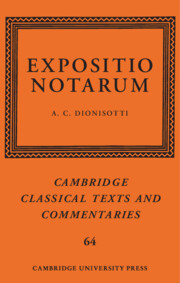
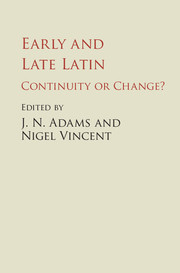
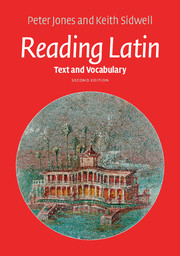
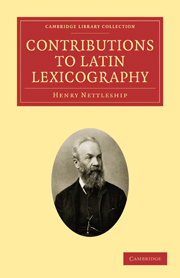
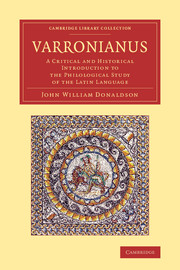
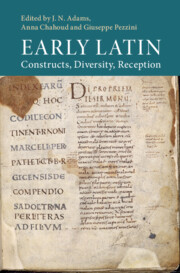

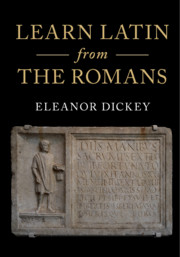
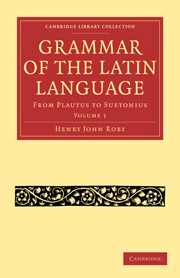
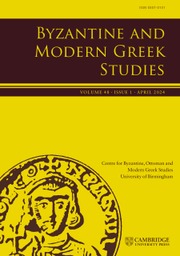
.jpg)
.jpg)
